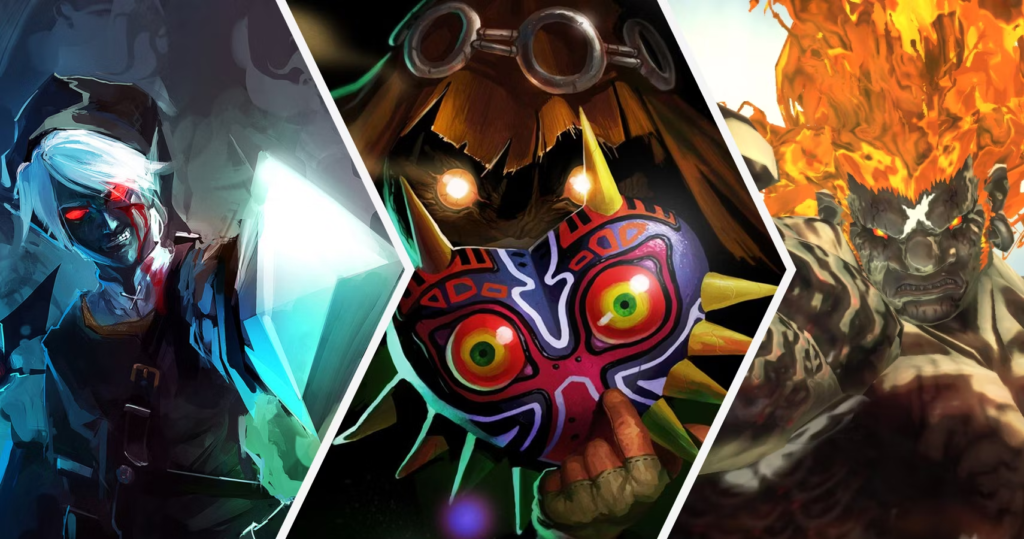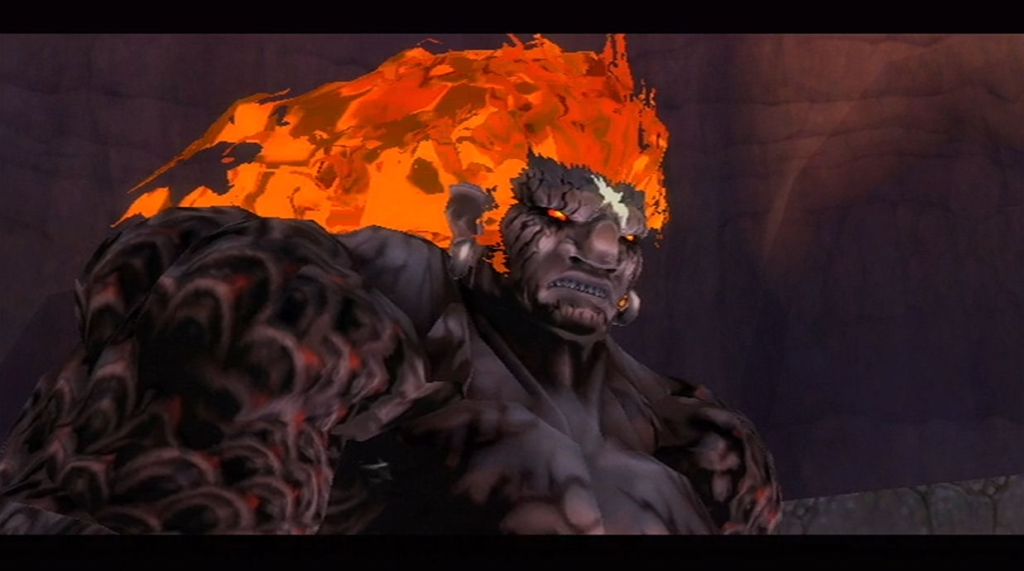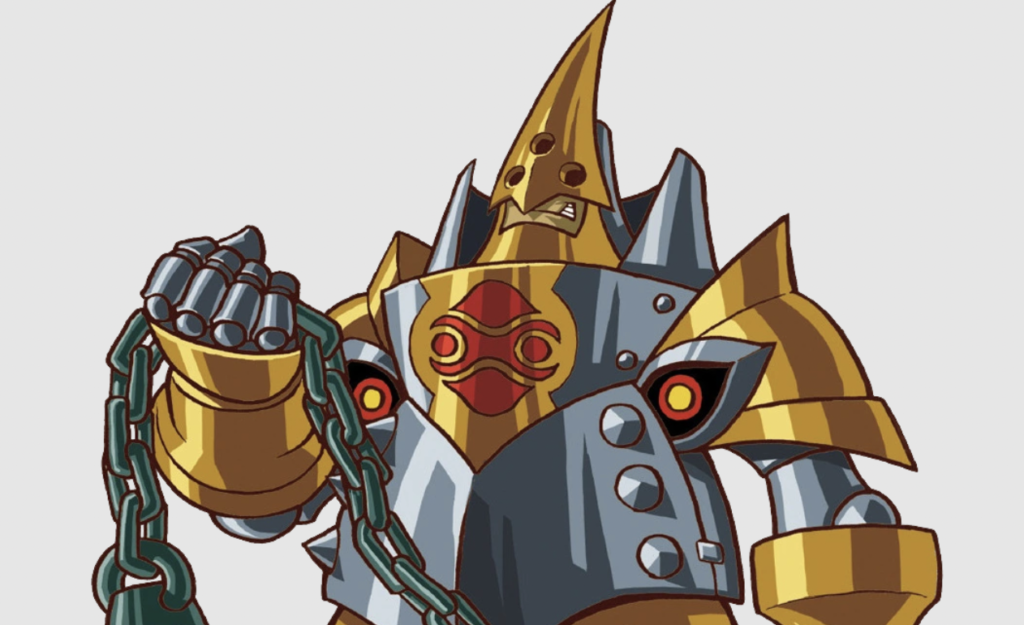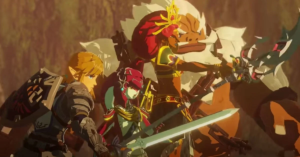Every Zelda Game Without Ganon As Its Main Villain
There are exceptions to every rule.

Arguably, the most annoying part of a Zelda game is Ganon’s constant reappearances. Over and over again, the Great King of Evil is trapped in an endless reincarnation cycle as an excuse for Nintendo not to create a new villain. But that doesn’t mean Ganon is in every single game. In fact, there are several notable exceptions in the series where the looming antagonist isn’t Ganon, some being completely without Ganon at all.
11. Twilight Princess (Zant)

Okay, to be fair, Ganondorf reveals himself to be controlling Zant as his puppet at the end of Twilight Princess. But Zant still serves as TP’s main antagonist for most of the game, regardless of Ganondorf’s greater influence. He’s the one who captures Princess Zelda and cloaks Hyrule in darkness, misusing the Twili magic and fighting Link several times throughout the storyline. In the end, however, Zant dies at the end to leave Ganondorf in control… ow. What was almost a good villain turned into just another Ganon. Seriously?
10. Skyward Sword (Demise)

Demise is a pretty interesting villain that never reveals himself to be Ganondorf, securing him as a better character already. He’s the source of the ever-reappearing Demon Lord Ghirahim and the one who mercilessly stole Zelda from her happy life on Skyloft. He is also an important figure in the Zelda series as a whole. His death at Link’s hands is what started the whole “endless Ganon” cycle, a rebirth of Demise’s hatred every time the hero and goddess appeared together in any generation. So technically, yes, you could call him the first Ganon, but I like to classify himself in a category of his own.
9. Four Swords & Minish Cap (Vaati)

I clumped Four Swords, Four Swords Adventures, and The Minish Cap into one section because they really aren’t significant enough to be set apart. And they all have the same (terrible) villain: Vaati. Yes, that sorcerer who wants so badly to marry Princess Zelda that he kidnaps her. Gross but true: Vaati shows up in not one, not two, but three Zelda games! In each one, Zelda manages to seal him away, crossing her fingers that he doesn’t break out again. (Just so you know, he does every single time). But fortunately, Vaati seems to be gone now, so we likely won’t see any more of him. Hopefully.
8. Phantom Hourglass (Bellum)

Players often overlook Phantom Hourglass, but that doesn’t mean it doesn’t exist. And Nintendo spared it from Ganon’s curse and gave the game Bellum instead. He’s still the incarnation of pure hate and evil, though: his goal in this game is to suck out every living being’s Life Force and turn them into stone by doing so. This is what he does to Tetra and the Ocean King Oshus, on top of sealing away the three Triforce beings of Power, Wisdom, and Courage. Bellum isn’t really a good villain, either. There’s absolutely no depth to his character or any explanation for why he wants to randomly drain out everyone’s Life Force, but hey! He’s still not Ganon, right?
7. Hyrule Warriors Legends (Cia)

Cia is a complex character who, like Zelda in A Link Between Worlds, has a parallel self. However, in this case, this parallel self is still part of herself, literally her “other half.” This is none other than Lana, the beautiful maiden who serves Hyrule to conquer her sister and protect the Triforce. Cia also went through great lengths to strengthen her evil power after Ganondorf drove away her once kind soul. She snatched the Triforce of Power for herself to open the Gate of Souls, freeing an evil spirit so it could empower her, and even allies herself with Zant to turn Princess Midna into an imp. But she doesn’t stay this merciless villain for long. Her real desire is to live with Link, and she reconciles with Lana at the end as she realizes living with your perfect man doesn’t always happen. It’s even more of a shame that Cia’s character isn’t technically canon.
6. Oracle of Ages (Veran)

Veran, like Cia, is one of Zelda‘s rare female villains. As the Sorceress of Shadows, she has the power to take over innocent people and possess Nayru and Queen Ambi, two important figures to the storyline. She can also shapeshift into animals such as a turtle, bee, and spider. While not necessarily having much character depth nor an arc of her own, Veran is fortunately not Ganondorf in disguise and still a powerful foe to Link and the rest of Labyrnna. Plus, she is quite the trickster. She speaks to Link as Impa at one point in the game, and at another deceives Ambi into building the Black Tower.
5. Oracle of Seasons (Onox)

In the sequel to Oracle of Ages, Onox takes the place of the game’s main antagonist by kidnapping Din at the beginning, throwing the four seasons out of balance. And yes, he was created by Ganondorf’s mothers Kotake and Koume (Twinrova when combined), but he’s still a villain of his own. He appears as a figure covered in heavy golden armor before he transforms into his dragonlike true form. As far as his backstory goes, Twinrova created him and Veran together and sent them to the separate kingdoms of Holodrum and Labyrnna, respectively, to wreak their havoc. That’s the bland character of Onox for you.
4. Spirit Tracks (Malladus)

Spirit Tracks merely references Ganondorf but uses a beast named Malladus as its villain instead. As a being resembling Ganon’s pig form, the stealing of Zelda’s body caused him to break free of his seal and wreak havoc across Hyrule. He also manages to possess the princess so she can fight Link. While he isn’t necessarily an interesting or deep villain, like Cia and Zant are, it’s worth noting that he at least isn’t Ganondorf. And saying that in The Legend of Zelda is a big deal.
3. A Link Between Worlds (Yuga)

A Link Between Worlds takes a surprising turn of story by bringing Yuga in, some dude who wants to turn everyone in Hyrule into paintings. He does so with Princesses Zelda and Hilda, and even Link until Ravio pulls him back into the 3D world. Like Skyward Sword‘s Ghirahim, Yuga is extremely egocentric and obsessed with perfection in his plans, which is why he thinks people look better as artwork than real people. I know, Yuga is strange. He even has the strangest final boss name: Yuga Ganon. As if all his artistic creativity couldn’t give him a different name…
2. Link’s Awakening (Shadow Nightmares)

Link’s Awakening references previous Zelda bosses in the final Shadow Nightmare battle, but notably doesn’t include Ganon at all. It’s likely because everything in the game is actually Link’s dream, and the bosses are his mental representations of Ganon instead of being literally Ganon. And it was actually a good choice. Not only do we need a break from Ganon’s constant appearances, Link’s Awakening gives us an excellent and colorful boss variety that fits in perfectly with Koholint’s general vibe.
1. Majora’s Mask (Majora)

Majora’s Mask didn’t reference Ganon at all in the boss battles, but chose to instead bring a completely different vibe to the Zelda series at a whole. On top of the general eerie feeling, absurd characters, and 3-day time constraint, the game included a whole new, more magical, uncontrollable villain: Majora. He’s the one who possessed the innocent Skull Kid via the rightfully dubbed Majora’s Mask. The likely reason Ganon isn’t present in MM is because Termina is probably in a completely different world. Like Link’s Awakening‘s Koholint Island, the land is more dream than reality, and the real Ganon doesn’t reincarnate in this generation.


